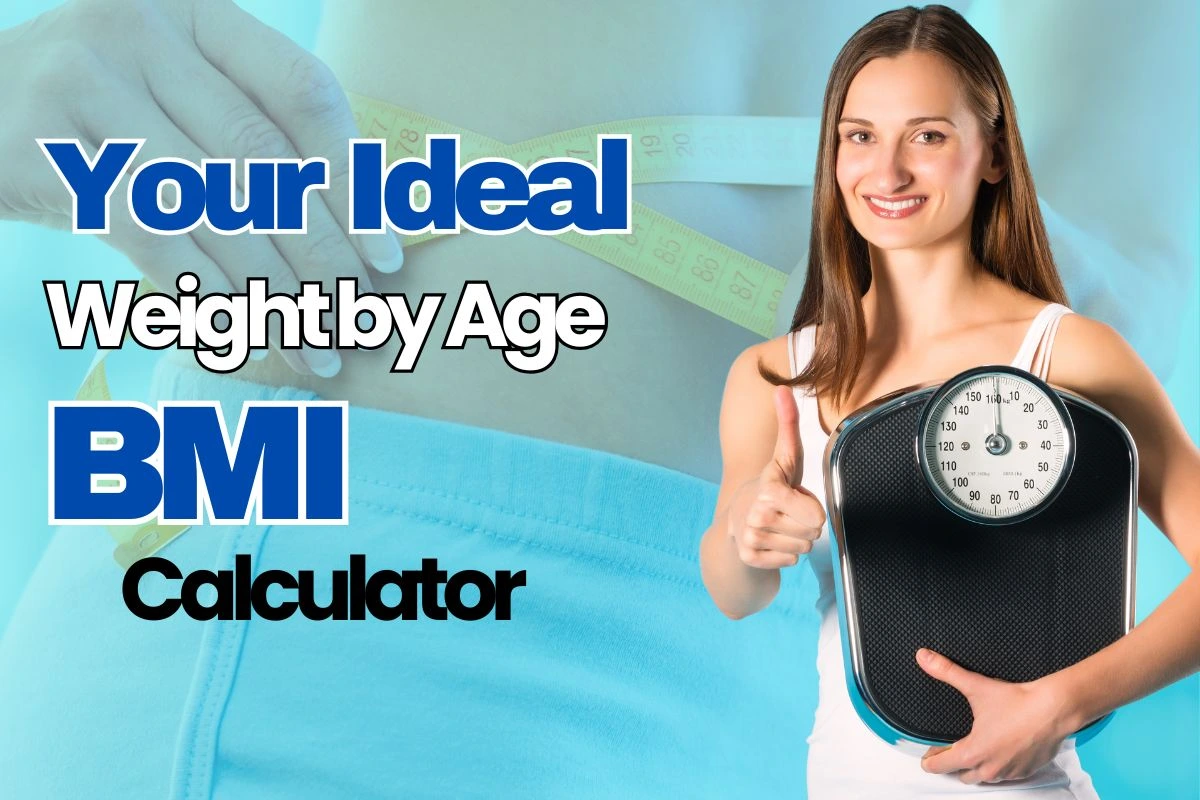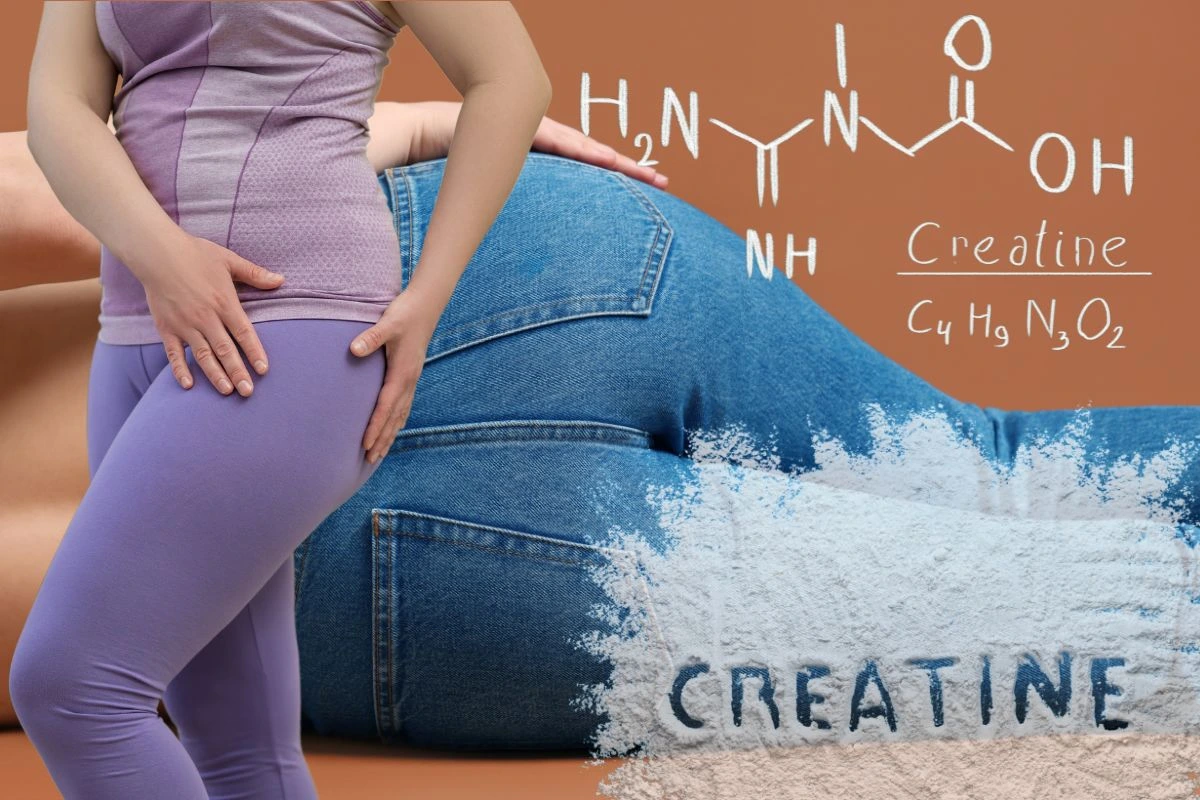Introduction
Achieving and maintaining a healthy weight is a goal for many, but the answer to “What should you weigh for your age?” is not always straightforward. The human body is distinctively personal and is influenced by age, height, sex, and mode of living, among other things. This article explores evidence-based methods to determine a healthy weight, offering insights into tools like BMI, waist-to-hip ratio, and body fat percentage. Whether you’re just beginning your health journey or seeking to refine your approach, our guide—in collaboration with resources from BurnBounce.com—provides actionable steps to achieve your wellness goals.
What Should You Weigh for Your Age?
If one considers all the variables in predicting what one should be weighing according to his/her age, there are several factors that need to be taken into account. Although there is no definitive solution, BMI, waist-to-hip ratio, and body fat percentage can be used as valuable suggestions. This detailed guide explores the nuances of weight management and healthy living, helping you identify what might be an ideal weight for you.
Why Age Alone Isn’t the Key Indicator
Your age is only one piece of the puzzle in evaluating a healthy weight. Although age-related variation of metabolism and body composition happens, height, muscle mass, physical activity levels, and general health play an even greater role.
The Role of Body Mass Index (BMI)
BMI is a common gauge to assess if your weight is normal for your height and length.
BMI = Weight (kg) / Height (m2)
BMI Categories
- Underweight: BMI below 18.5
- Healthy Weight: BMI between 18.5 and 24.9
- Overweight: BMI between 25 and 29.9
- Obesity: BMI of 30 or higher
Although BMI is a useful screening tool, it does not consider muscle mass, bone density, or fat distribution. For instance, athletes might have a high BMI for musculature and not fat accumulation.

Healthy Weight by Age and Height
General guidelines are presented in the following table according to BMI criteria:.
Height Healthy Weight (BMI 18.5–24.9) Overweight (BMI 25–29.9) Obese (BMI 30+).
- 5’0″ 97–123 lbs 128–148 lbs 153+ lbs
- 5’5″ 114–144 lbs 150–174 lbs 180+ lbs
- 6’0″ 140–177 lbs 184–213 lbs 221+ lbs
BMI Table by Height and Weight Categories
| Height | Slight Weight (BMI 19–24) | Obese (BMI 25–29) | Weight Problems (BMI 30–39) | Excessive Weight Problems (BMI 40+) |
| 4’10” (58 in) | 91–115 lb | 119–138 lb | 143–186 lb | 191–258 lb |
| 4’11” (59 in) | 94–119 lb | 124–143 lb | 148–193 lb | 198–267 lb |
| 5’0″ (60 in) | 97–123 lb | 128–148 lb | 153–199 lb | 204–276 lb |
| 5’1″ (61 in) | 100–127 lb | 132–153 lb | 158–206 lb | 211–285 lb |
| 5’2″ (62 in) | 104–131 lb | 136–158 lb | 164–213 lb | 218–295 lb |
| 5’3″ (63 in) | 107–135 lb | 141–163 lb | 169–220 lb | 225–304 lb |
| 5’4″ (64 in) | 110–140 lb | 145–169 lb | 174–227 lb | 232–314 lb |
| 5’5″ (65 in) | 114–144 lb | 150–174 lb | 180–234 lb | 240–324 lb |
| 5’6″ (66 in) | 118–148 lb | 155–179 lb | 186–241 lb | 247–334 lb |
| 5’7″ (67 in) | 121–153 lb | 159–185 lb | 191–249 lb | 255–344 lb |
| 5’8″ (68 in) | 125–158 lb | 164–190 lb | 197–256 lb | 262–354 lb |
| 5’9″ (69 in) | 128–162 lb | 169–196 lb | 203–263 lb | 270–365 lb |
| 5’10” (70 in) | 132–167 lb | 174–202 lb | 209–271 lb | 278–376 lb |
| 5’11” (71 in) | 136–172 lb | 179–208 lb | 215–279 lb | 286–386 lb |
| 6’0″ (72 in) | 140–177 lb | 184–213 lb | 221–287 lb | 294–397 lb |
These are only general guidelines, so do not take these numbers as your only consideration, as they don’t always represent your health.
Waist-to-Hip Ratio (WHR)
WHR is the ratio of your waist circumference to your hip circumference. It may also be a marker of visceral fat, which is a form of fat that is biologically linked to a greater risk for health problems.
How to Calculate WHR
WHR = Waist Measurement ÷ Hip Measurement
Healthy WHR Guidelines
- Men: WHR below 0.9
- Women: WHR below 0.85
There is evidence that a large WHR is linked to an increased risk of cardiovascular disease and other diseases.
Waist-to-Height Ratio (WtHR)
WtHR measures your waist size relative to your height. A WtHR below 0.5 is generally considered healthy. This measure could be more accurate than BMI for the prediction of some health risks.

Body Fat Percentage
Body fat percentage measures the proportion of fat in your body compared to other components like muscles and bones.
Healthy Body Fat Ranges
- For men: 10–20% (healthy), 25%+ (obese)
- For women: 20–30% (healthy), 35%+ (obese)
How to Measure Body Fat
- Skinfold Callipers: Measures fat thickness in certain areas.
- Bioelectrical Impedance: Estimates fat percentage through electrical signals.
- DXA scans: Provides accurate analysis of fat and muscle.
Determinants of Ideal Weight
- Age
- Aging will be associated with a loss of muscle mass but an accumulation of fat stores. This is a natural sequence that may play a role in weight control strategies.
- Sex and Hormones
- Here, hormonal shifts, such as menopause in women, influence fat distribution and even weight.
- Activity Level
- Routine physical activity not only preserves muscle tissue and burns energy, thus facilitating successful weight control.
- Dietary Habits
- Eating a balanced diet consisting of whole foods, lean proteins, and healthy fats will also help maintain a healthy weight.
FAQs: Frequently Asked Questions About Weight and Age
- What should be my ideal weight at what age?
There is neither a specific weight nor should it be the target for your age, but it is using body weight metrics, such as BMI, WHR, and body percentage of fat. - What is the ideal weight for a 5’4″ woman?
A healthy weight for an individual 5’4″ is between 110 and 140 lbs, also taking into consideration activity level, muscle mass, etc. - How do I determine my ideal weight?
Combine tools like BMI, WHR, and body fat percentage with professional advice from a healthcare provider.

Personal Experience
Throughout my health journey, I struggled to find the “perfect weight” that made me feel confident and energetic. I used tools like BMI and waist-to-hip ratio, but they didn’t always paint the full picture. It wasn’t until I focused on my overall wellness—incorporating a nutritious diet, consistent exercise, and mindfulness—that I truly began to thrive. Collaborating with a fitness coach and resources like [BurnBounce.com]
Key Takeaways
- Your ideal weight depends on more than just your age.
- Tools like BMI, WHR, WtHR, and body fat percentage offer valuable insights but should be interpreted with care.
- Focus on overall health, not just numbers, to achieve a balanced and sustainable lifestyle.
Conclusion
Keeping a sound load for your age isn’t just about the number on the scale; it’s tied in with understanding the variables adding to your general prosperity. Ideal weight depends on age, height, orientation change, movement change, and personal health status. Instead of focusing solely on cultural concepts, do not withhold any aspect of the way of life that includes a kind of nutrition, standard behaviour, and attention to a new demand of your body.
For additional tips and bits of knowledge on accomplishing your well-being and wellness objectives, visit BurnBounce.
For more tips and insights on achieving your health and fitness goals, visit BurnBounce.
Related
Related Posts
- Legion Pulse Pre-Workout Supplement: Boost Energy, Focus, and Strength Naturally
- Privacy Policy
- how to start gym for the first time woman | First Time at the Gym? Essential Tips for Women to Start Strong







